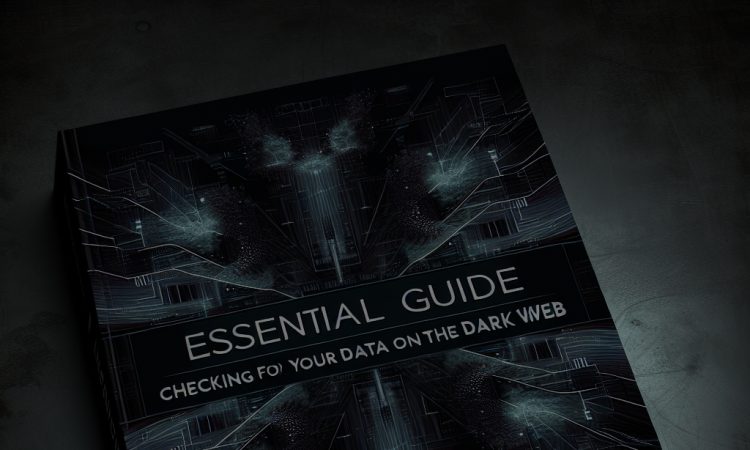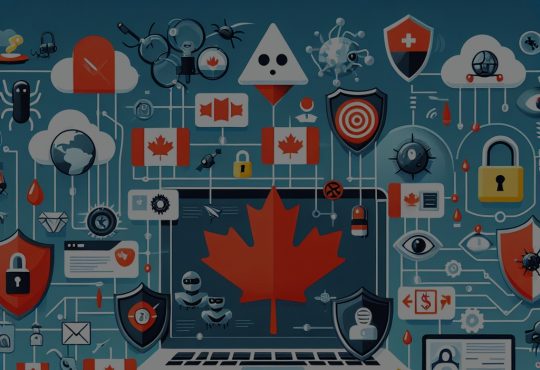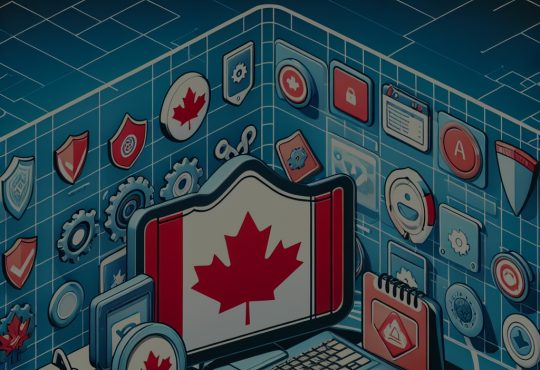
In an era where digital footprints are often invisible yet omnipresent, the dark web has emerged as a critical concern for individuals and businesses alike. This obscure part of the internet, not indexed by traditional search engines, can harbor stolen data, illegal activities, and illicit transactions. Thus, understanding how to navigate this hidden realm and check for your personal or organizational data is essential in safeguarding your digital identity. This guide aims to provide a comprehensive overview of the dark web, the tools available for monitoring your data, and the necessary steps to take if your information is compromised.
Understanding the Dark Web: What You Need to Know
The dark web is a segment of the internet that requires specific software, configurations, or authorization to access. Unlike the surface web, where content is easily searchable and visible, the dark web operates on anonymity and privacy, making it a haven for those looking to engage in illegal activities, including the trade of stolen data. The most common method of accessing the dark web is through the Tor browser, which encrypts user data and masks their location. This anonymity is both a boon for privacy advocates and a challenge for law enforcement.
One of the primary concerns regarding the dark web is the proliferation of data breaches. Many individuals may not realize that their personal information, such as email addresses, passwords, or financial data, can be bought and sold on dark web forums. Cybercriminals often use this information for identity theft, financial fraud, or targeted phishing attacks. Understanding the risks associated with the dark web is imperative for anyone who uses digital services, as the consequences of compromised data can be devastating and far-reaching.
The dark web is also home to numerous forums and marketplaces where stolen data is exchanged. This underground economy thrives on the illicit trade of personal information, often sold in bulk or piecemeal. For businesses, the potential exposure of proprietary information or customer data can lead to severe reputational damage and financial loss. As such, organizations must remain vigilant and proactive in monitoring for their data in this hidden part of the internet.
In addition to individual risks, the dark web can also harbor threats to national security and public safety. Criminal organizations may use this environment to coordinate illegal activities, distribute malware, or plan cyberattacks. Understanding the breadth of the dark web and its implications is crucial for individuals and organizations who wish to protect themselves and their stakeholders from potential harm.
Tools and Techniques for Checking Your Data Online
To effectively monitor your data on the dark web, various tools and techniques have been developed. One of the most popular methods is to utilize dark web monitoring services, which scan known dark web marketplaces and forums for any mention of your personal information. These services can alert you if your data has been found, providing peace of mind and allowing you to take action quickly. Some reputable services include Experian’s Dark Web Scan, Identity Guard, and SpyCloud.
In addition to dedicated monitoring services, there are also tools available for individuals with a more technical background who wish to perform their checks. Using the Tor browser, users can access dark web forums and search for their data manually. While this approach requires a higher level of digital literacy and understanding of the dark web’s structure, it allows users to gather firsthand information about the potential exposure of their data.
Another popular technique for monitoring data exposure is setting up alerts through various breach notification services. Websites like Have I Been Pwned allow users to enter their email addresses and quickly determine if their data has been involved in any known breaches. While this service primarily focuses on surface web breaches, it can provide valuable context and help users understand their overall risk profile.
Finally, employing strong cybersecurity practices can help mitigate the potential fallout from data exposure. Regularly updating passwords, enabling two-factor authentication, and being vigilant about phishing attempts can bolster your defense against data theft. Combining these practices with dark web monitoring tools creates a comprehensive approach to safeguarding your digital identity.
Steps to Take if Your Data is Found on the Dark Web
If your data is discovered on the dark web, it is crucial to act swiftly and decisively to minimize potential harm. The first step is to gather as much information as possible about the discovery. This includes understanding what type of data has been compromised, where it was found, and any associated risks. If you are using a monitoring service, they will often provide a detailed report that outlines the findings and offers guidance on the next steps.
Once you have assessed the situation, the next step is to secure your accounts. This typically involves changing passwords for any affected accounts and enabling two-factor authentication. For instance, if your email address and password were found, you should immediately change those credentials and review your account activity for any unauthorized actions. It’s also advisable to utilize unique passwords for different accounts to prevent a single breach from compromising multiple services.
In cases where sensitive information, such as Social Security numbers or financial data, has been exposed, consider placing a fraud alert on your credit report. This notifies potential creditors to take additional steps to verify your identity before extending credit in your name. You might also want to freeze your credit, which restricts access to your credit report, making it more difficult for identity thieves to open accounts in your name.
Lastly, if you suspect that your data has been used for fraudulent purposes, report the incident to the appropriate authorities. This may include your local law enforcement agency, the Federal Trade Commission (FTC), or other relevant organizations. Documenting the situation and your response can be invaluable, especially if you need to prove identity theft or fraud to financial institutions or credit reporting agencies.
In conclusion, keeping tabs on your data in the dark web is an essential aspect of modern digital life. With an understanding of the risks involved and the right tools at your disposal, you can proactively monitor your information and take necessary actions if it falls into the wrong hands. The dark web, while a daunting entity, does not have to be a source of fear; educating yourself and leveraging available resources can empower you to protect your digital identity effectively. Remember, the best defense against potential threats starts with awareness and vigilance in this ever-evolving digital landscape.






